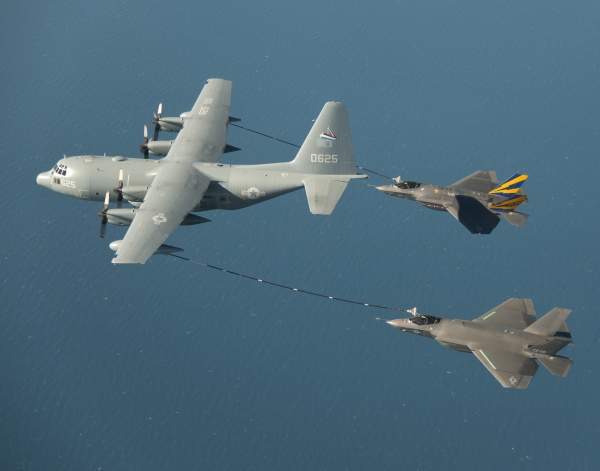
Australia has become the first country from outside Nato and the EU to join the Movement Coordination Centre – Europe (MCC-E), the Australian MoD announced 30 August.
The move will allow the Australian Defence Force (ADF) to move personnel and equipment around the world more easily, and add Australia’s recently acquired airlift and sealift capabilities to the range of options available to current members.
Formed in 2007 from the merger of the European Airlift Centre and the Sealift Co-ordination Centre, the MCC-E is an institution that brings together member states’ defence services to operate capabilities collaboratively in order to streamline structures and maximise efficiency, coordinating strategic military transport by air, sea and inland waterways, road and train.
While the centre’s focus is on strategic movements, MCC-E also coordinates air-to-air refuelling for the 29 member states, and its mission extends to include operational and tactical movements.
As a member of the MCC-E, the ADF will gain access to a pool of strategic lift support that may be used to help with transport missions in the area and around the world, and through the coordination of the MCC-E, the ADF will be in a position to utilise its recent acquisitions in airlift and sealift to service the requirements of the other member states.
In July the Australian Government announced that it would purchase 20 new C-130J Hercules aircraft for $9.8bn (A$15bn) with the intention of supporting the Royal Australian Air Force’s air transportation needs into the future, replacing and expanding upon the current fleet of 12 Hercules aircraft currently in-service.
How well do you really know your competitors?
Access the most comprehensive Company Profiles on the market, powered by GlobalData. Save hours of research. Gain competitive edge.

Thank you!
Your download email will arrive shortly
Not ready to buy yet? Download a free sample
We are confident about the unique quality of our Company Profiles. However, we want you to make the most beneficial decision for your business, so we offer a free sample that you can download by submitting the below form
By GlobalDataWith regard to sealift capability, Australia has made recent investments with KBR and Babcock in May, delivering a contract to them for Amphibious Combat and Sealift Capability Life Cycle Management. This deal built upon experience the pairing had developed with Canberra Class Landing Helicopter Dock Ships, capable of transporting over 1,100 troops, 100 armoured vehicles and 12 rotary wing aircraft.
“Australia can now work with other member nations to load share, which will create significant interoperability efficiencies in how we move our major assets from place to place,” said Group Captain Alan Brown, Commander of Joint Capability Group’s 1st Joint Movement Unit (1JMU), who went on to state that becoming the 29th member of the MCC-E offers a number of options.
Trading transportation through MCC-E
The operation of the MCC-E utilises a 24-7 manned station operating out of Eindhoven Air Base in Netherlands. There, when a member countries put out tenders for transportation requirements, and select from respondents, either paying a reimbursement for the value of the service or recording a credit and debit with the MCC-E, to be repaid in kind the future.
“As the MCC-E utilises a ‘virtual currency’ instead of financial exchanges for supporting tasks,” said Brown, “Australia can grow its equity within MCC-E by supporting other nations during opportune missions and spend that credit to leverage support from other nations to achieve some of our tasks at a lower physical cost.”
As well as providing additional transport requirement to member nations during times of high demand, the service also reduces the waste associated with flying empty return flights after delivering personnel or equipment to a primary destination.
“This sets the ADF up well for the future as we have now been established as an active contributor to the MCC-E organisation which knows how to broker with other member nations and is willing to support opportune tasks,” Group Captain Brown stated.
“Not only that, with the ADF becoming a member of the MCC-E, it has paved the way for other nations to sign up, meaning the network of support will potentially continue to grow in coming years.”







